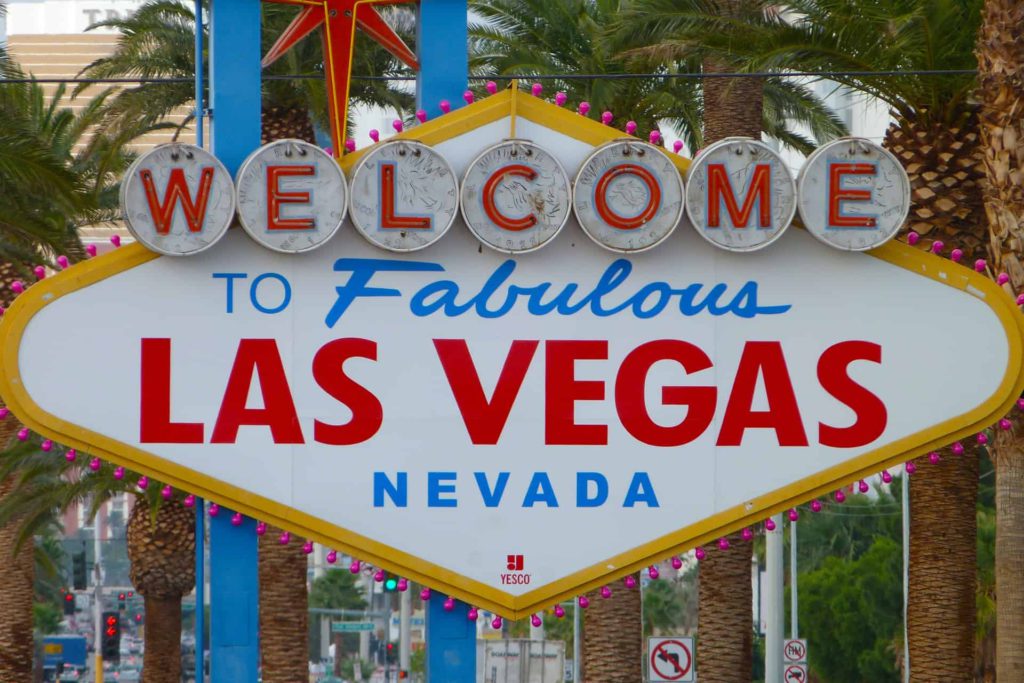Rodeo is an event that has been around for centuries. The origin of the word “rodeo” is unknown, but it first appeared in print in the Western United States in 1873. It came to mean a gathering or festival featuring entertainment and sports based on rural life, such as bronco riding and bulldogging. The name first appeared in print in 1873, in an article about the Colgate-Palmolive company’s new experimental rodeo at the Coney Island, New York amusement park.
The National Finals Rodeo (NFR), often hailed as the “Super Bowl of Rodeo,” is the pinnacle of professional rodeo, attracting top cowboys and cowgirls globally. This grand spectacle has been evolving since its 1959 inception, becoming a symbol of skill, grit, and determination in the world of Western sports.

The Early Years: A Nomadic NFR
The inaugural NFR in 1959, held in Dallas, Texas, gathered the top 15 contestants in various rodeo events. Bareback riding, steer wrestling, saddle bronc riding, tie-down roping, and bull riding took center stage. As the event gained momentum, the Rodeo Cowboys Association (RCA) sought larger venues, leading to moves from Dallas to Los Angeles in 1962 and finally settling in Oklahoma City in 1965.
Oklahoma City: A Rodeo Stronghold
Oklahoma City embraced the NFR, hosting it for nearly two decades at the State Fair Arena, later renamed the Jim Norick Arena, from 1965 to 1978. This period witnessed legendary performances and the crowning of numerous champions, solidifying Oklahoma City’s status as a rodeo stronghold.
The Move to Las Vegas: A New Era of Rodeo
In 1985, the NFR embarked on a transformative journey by relocating to the Thomas & Mack Center at the University of Nevada, Las Vegas (UNLV). This move to the entertainment capital of the world marked a turning point, broadening the event’s audience and thrusting it into the global spotlight.
Television Coverage: Bringing Rodeo to the Masses
The NFR made its television debut in 1974, a pivotal moment that expanded its reach beyond traditional rodeo enthusiasts. The event has been broadcast on various networks, including ESPN and CBS Sports Network, and currently finds its home on the Cowboy Channel and RFD-TV.
Evolution of Events: Reflecting the Sport’s Diversity
Adapting to the changing rodeo landscape, the NFR introduced new events over the years. In 1962, team roping joined the lineup, followed by the debut of barrel racing exclusively for women in 1967. The most recent addition, breakaway roping, made its mark in 2020, highlighting the talents of female rodeo athletes.
A Tradition of Excellence: The NFR’s Legacy
The NFR has become a cornerstone of the American West, embodying the spirit of competition, camaraderie, and perseverance. With a global audience, the event continues to captivate, showcasing the exceptional skills of cowboys and cowgirls pushing their limits for rodeo glory.
Looking Ahead: A Future of Growth and Innovation
The NFR’s evolution doesn’t stop. Embracing new technologies and fostering inclusivity, the NFR is set for continued success. With its rich history, dedicated fan base, and commitment to preserving Western traditions, the NFR ensures the spirit of rodeo thrives for generations to come.